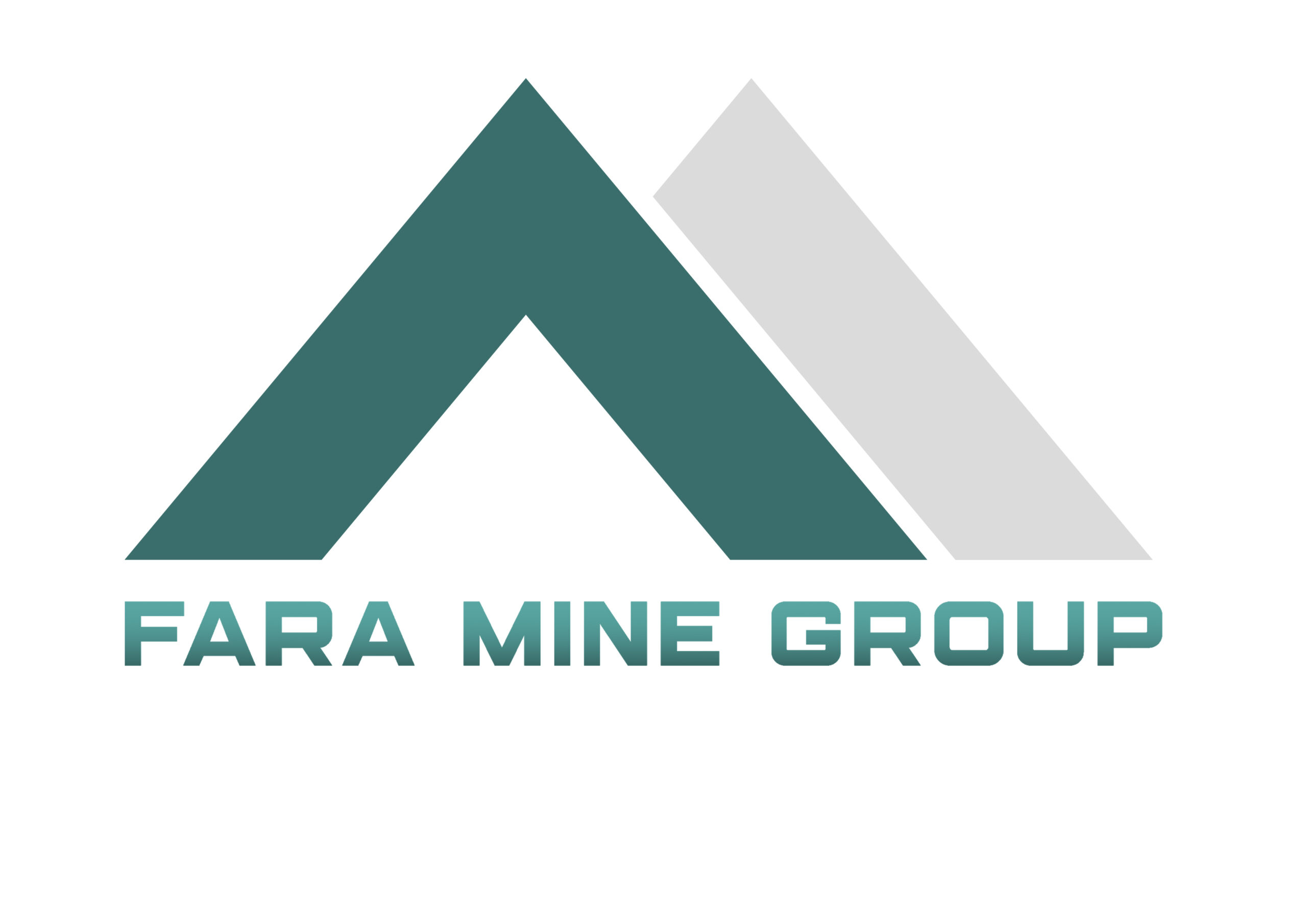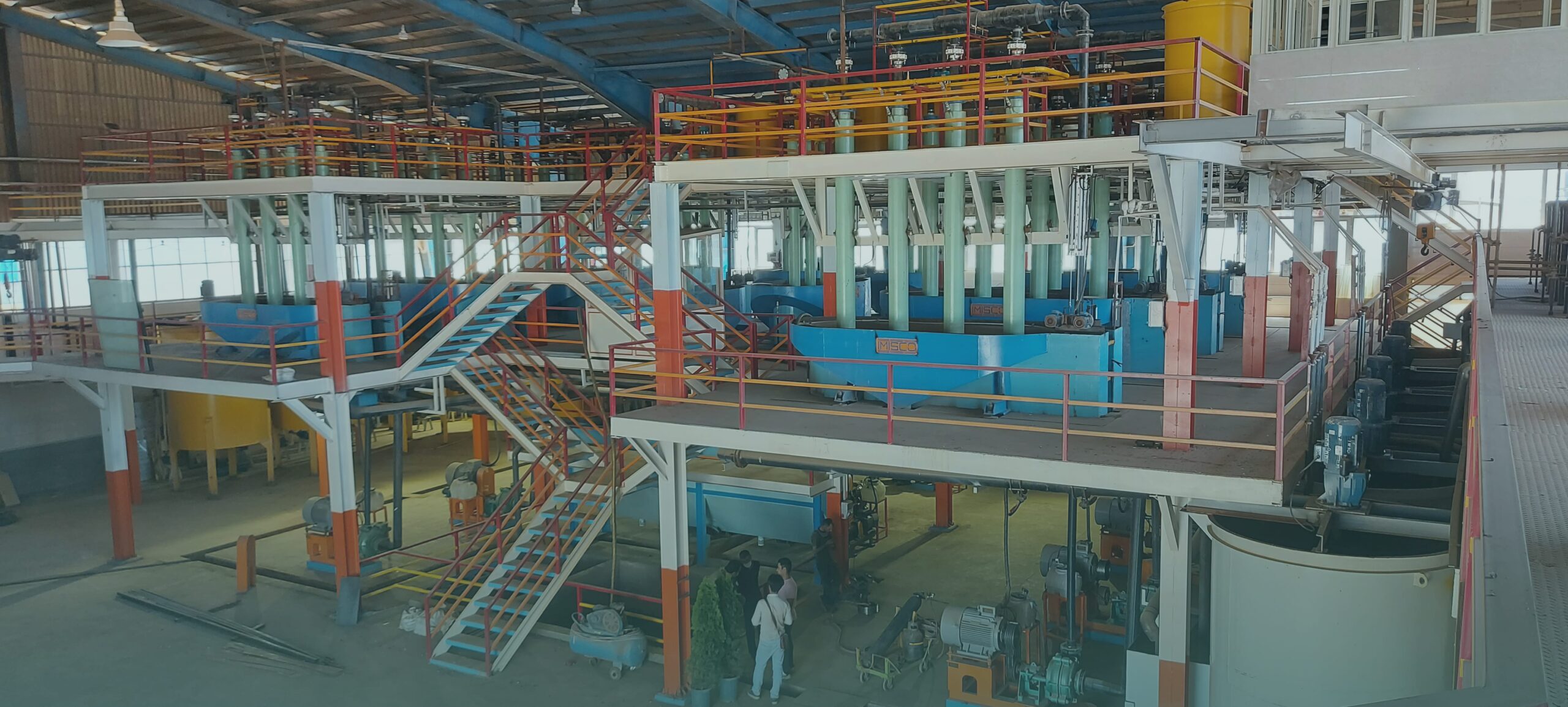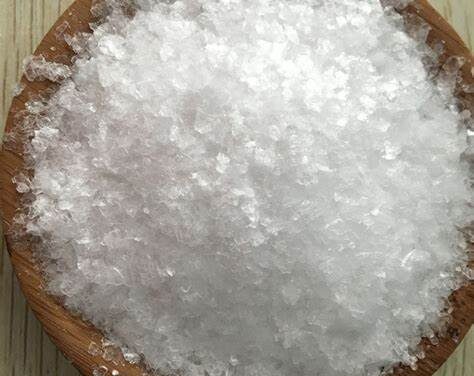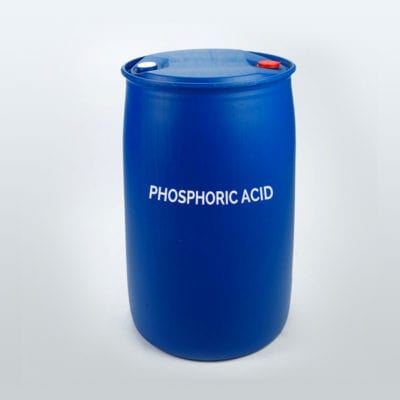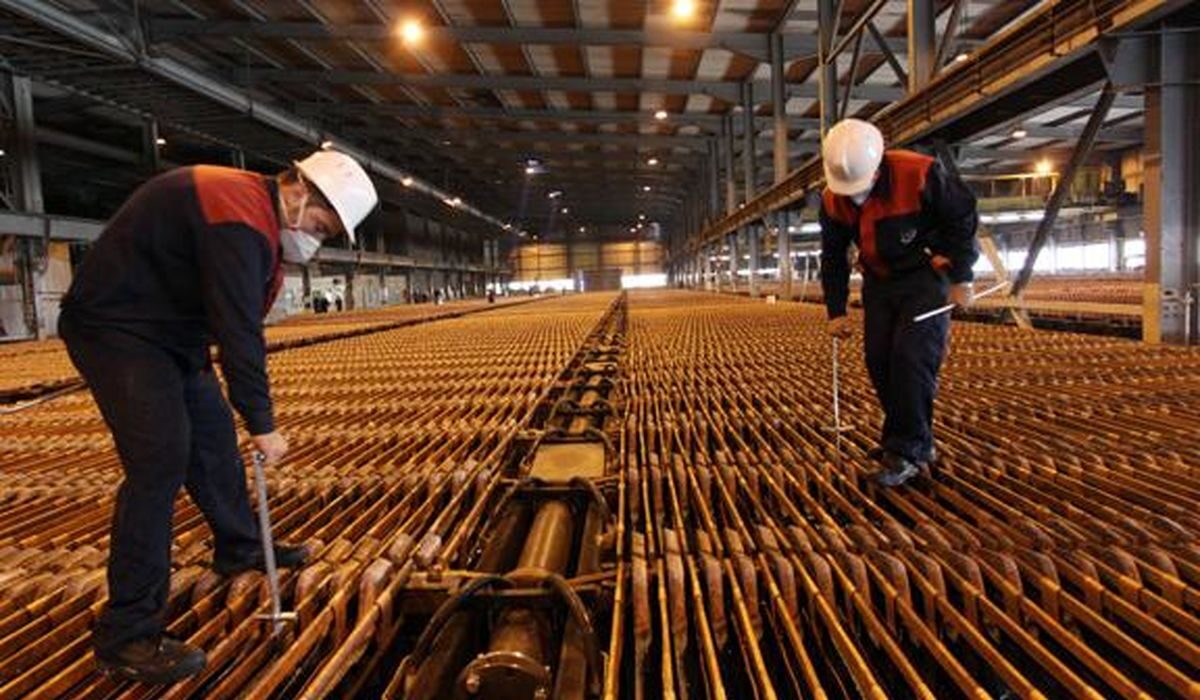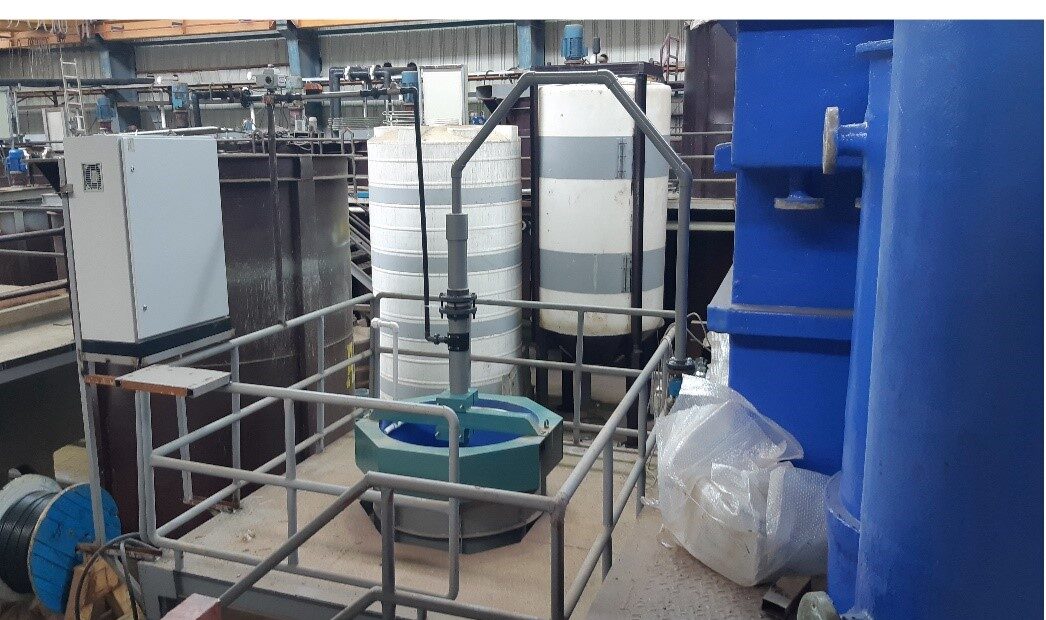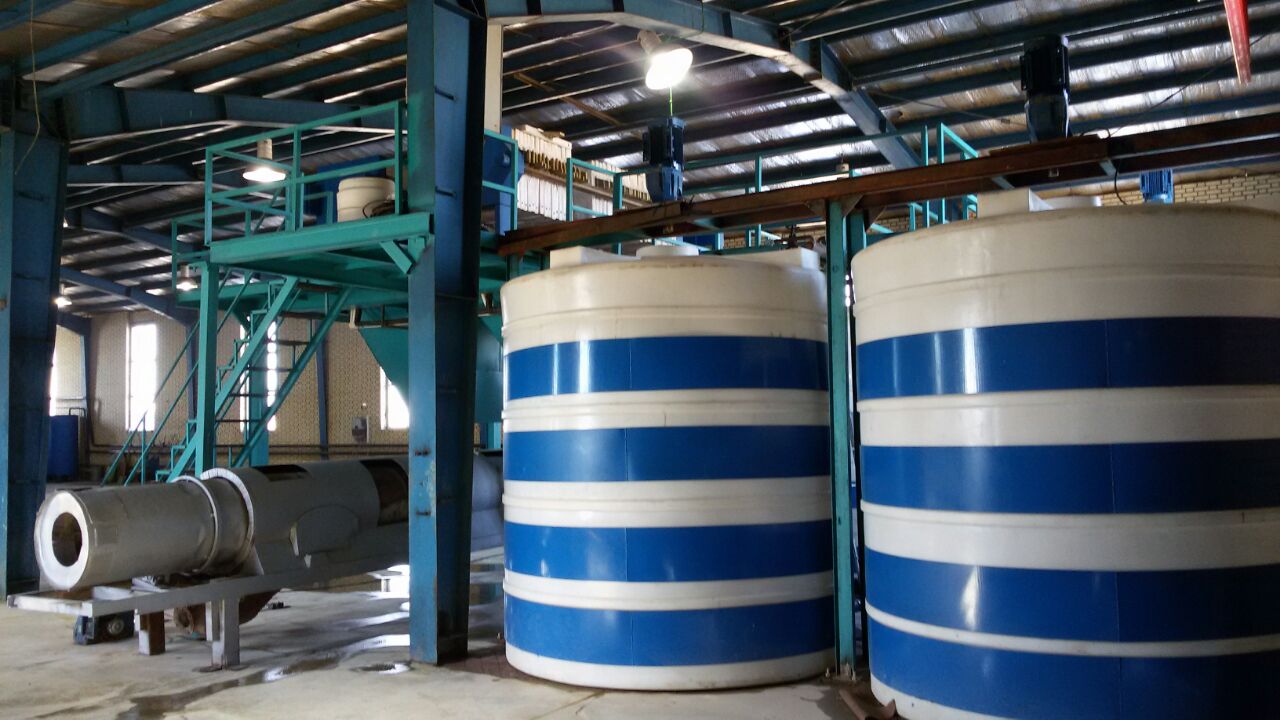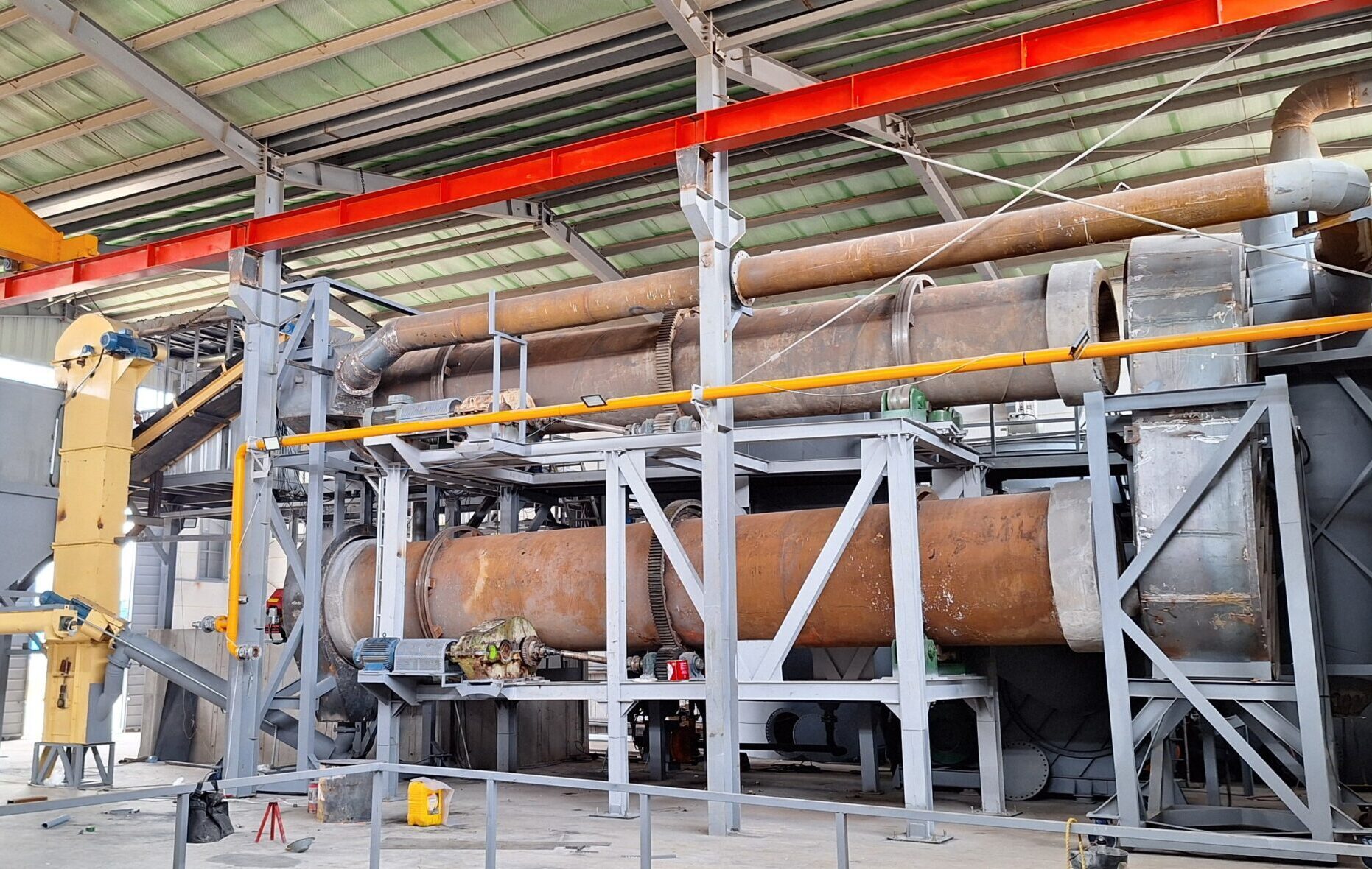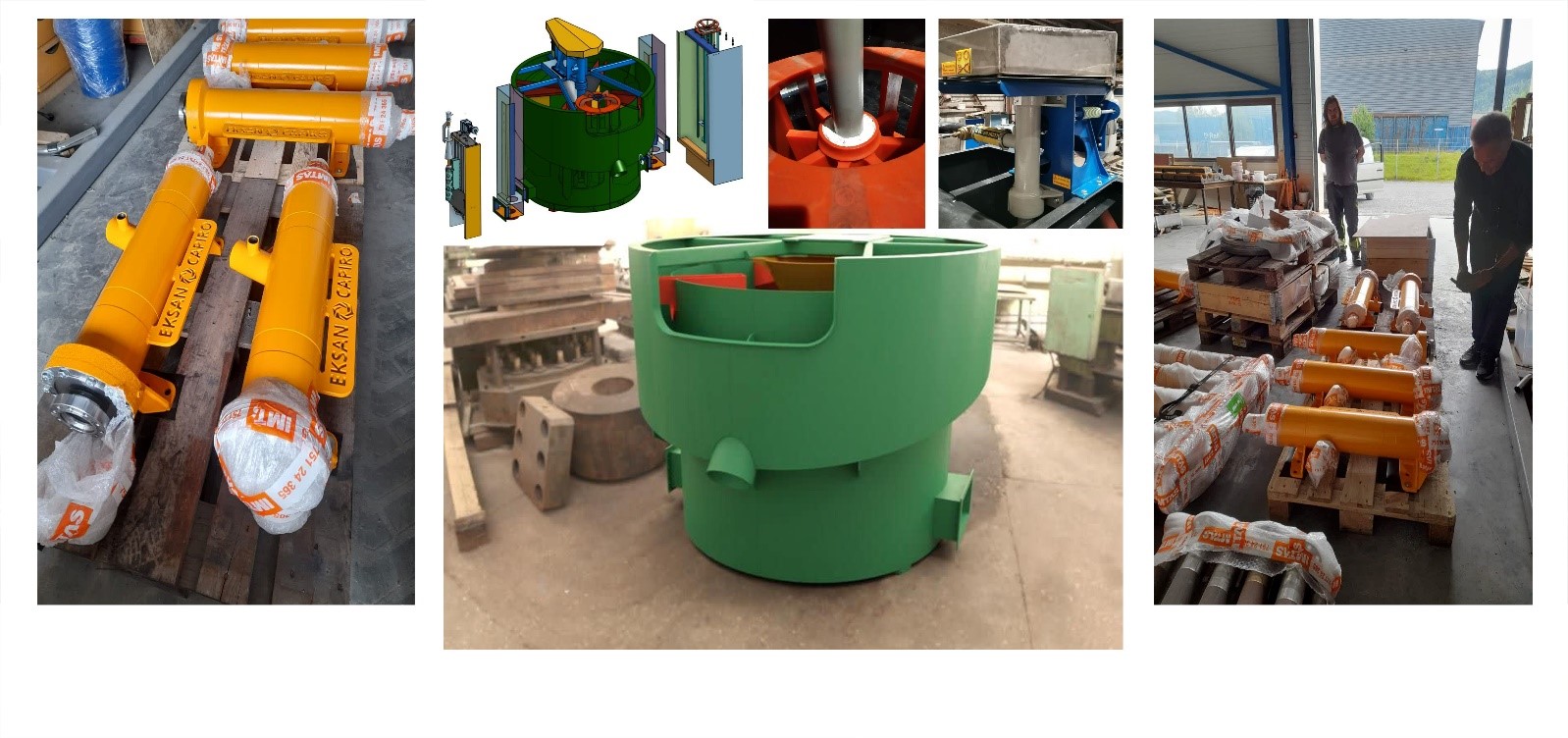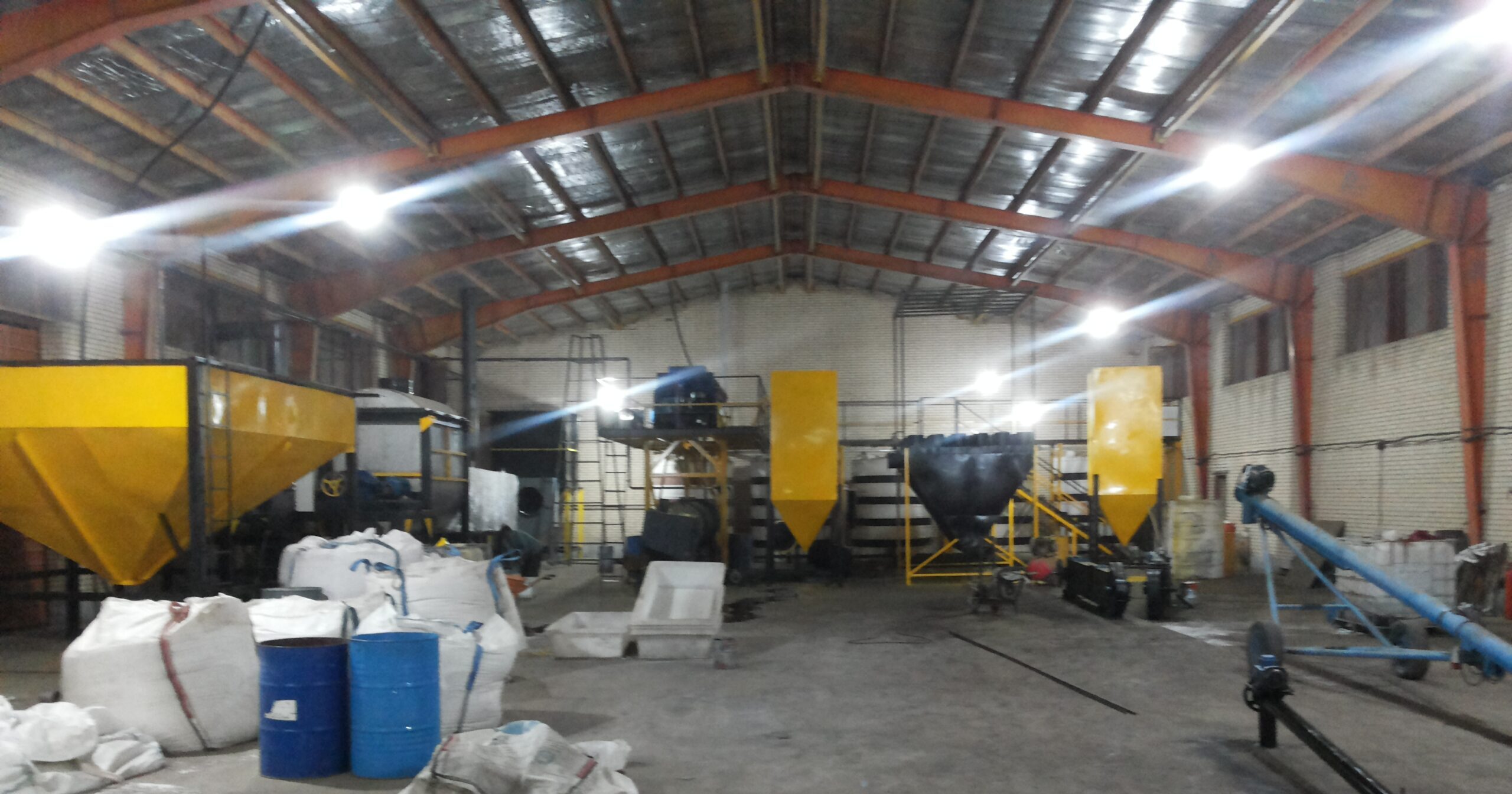boric acid
What is boric acid? Boric acid is a weak inorganic acid used in various industries. This white, crystalline, odorless powder is also known by its chemical formula H₃BO₃. It naturally occurs in some minerals such as borax and sassolite, from which boric acid can be extracted through various processes. Boric acid has widespread applications, ranging…
Read morePOSTED BY
admin2
Phosphoric acid
Phosphoric acid (H₃PO₄) Phosphoric acid is a highly significant raw material for companies due to its extensive applications across various industrial sectors and product manufacturing. Phosphoric acid is one of the most crucial substances used in the production of various products such as fertilizers, pesticides, disinfectants, and more. First Method of Phosphoric Acid Production (Wet…
Read morePOSTED BY
admin2
Activated Carbon
Activated Carbon Activated carbon is a form of carbon that has numerous pores and a high surface area, also known as activated charcoal. It possesses the highest physical adsorption capability and comes in various forms, including powder, granular, extruded, pelletized, and polymer-impregnated. Activated carbon does not bind to specific chemicals such as alcohols, acids, strong…
Read morePOSTED BY
admin2
Phosphate derivatives
Phosphorus is a chemical element with the symbol P and atomic number 15. Phosphorus exists in two main forms: white phosphorus and red phosphorus. However, because it is highly reactive, phosphorus is never found as a free element on Earth. Its concentration in the Earth’s crust is about one gram per kilogram (compared to copper,…
Read morePOSTED BY
admin2
Copper cathode production
Copper mines are generally classified into three categories: Oxide ores, which are typically close to the surface and are among the most accessible mines. Supergene ores, which contain copper-sulfur minerals and are located below the oxidized ores but above the hypogene ores. Hypogene ores, which are the most distant from the surface and contain copper,…
Read morePOSTED BY
